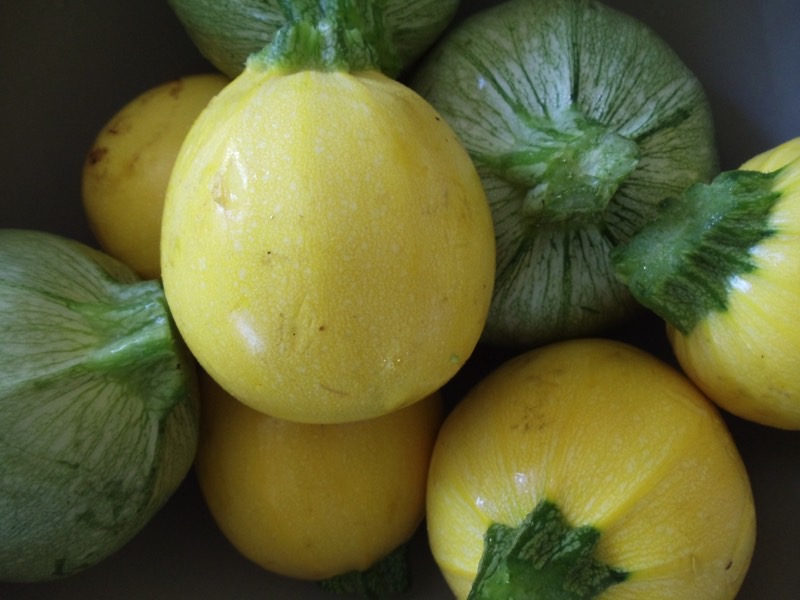

HGIC 4256 Using and Storing Summer SquashĮ.L. Process 15 minutes in boiling water bath canner. Fill jars to ½ inch from top with boiling liquid. Bring all ingredients to a boil and heat 5 minutes. Cover with cold water and stir to blend in salt. Place onions and squash/zucchini in a large bowl and sprinkle with salt. 145.Ģ pounds fresh, firm zucchini or yellow summer squash

(Yield: 2 pint jars) This sweet squash pickle recipe is from So Easy to Preserve, p. If watery when thawed, discard the liquid before using the zucchini. Cool by placing the containers in ice water. Pack in measured amounts into containers, leaving ½-inch headspace. Steam blanch in small quantities 1 to 2 minutes until translucent. Grated zucchini (for baking): Choose young tender zucchini.Package quickly into freezer bags or containers, leaving ½-inch headspace. For frying: Follow the above instructions, but before packaging, dredge in flour or cornmeal, spread in single layer on cookie sheet and freeze just until firm.Their skins are thinner and edible since they are harvested. Drain and package into freezer bags or freezer containers, leaving ½-inch headspace. The most common summer squashes include yellow squash, zucchini, and scalloped (patty pan). Blanch in boiling water for 3 minutes cool in ice water for at least 3 minutes.

Preserve summer squash by freezing, pickle them for canning or dry them.įreezing Summer Squash: Choose young squash with tender skins.
#YELLOW SQUASH SKIN#
It is low in calories and many varieties provide vitamin C, potassium and, if the skin is eaten, beta carotene. The amount of squash filled into a jar will affect the heating pattern in that jar and may result in inadequate processing and an unsafe product. Slices or cubes of cooked summer squash will get quite soft and pack tightly into the jars. Attempts to reproduce the old process did not result in adequate heating to ensure safety. Documentation for the previous processing times cannot be found, and available reports do not support the old process. Squash are low-acid vegetables they require pressure canning for a known period of time to destroy the bacteria that cause botulism. The reason for withdrawal is uncertainty about the determination of adequate processing times. USDA has withdrawn recommendations for canning summer squash, including zucchini, that appeared in former editions of So Easy to Preserve or USDA bulletins. Yellow squash are summer squash, which are are the young fruit of Cucurbita pepo and members of the Cucurbitaceae family. We recommend preserving summer squash or zucchini by pickling or freezing. The word simnel was used because of the visual similarity between the squash and the simnel cake.We do not recommend canning summer squash or zucchini. Simlin, variously spelled simblin, symnel, cymling, cimnel (Thomas Jefferson's spelling) and simnel were words for summer squash, particularly Cucurbita pepo ssp. In the journals of Lewis and Clark, on October 12, 1804, Clark recorded that the Arikara tribe raised "great quantities of Corn Beens Simmins, &c." Clark also used the spelling simlin in his journal entries. Aehobak (Korean zucchini) belongs to the species Cucurbita moschata.Immature ridge gourd luffa is used as a summer squash in India, where it is known as turiya (તુરીયા) in Gujarati or dodka.Zucchini (courgette) and marrow, respectively immature and ripe fruits of Cucurbita pepo.Tromboncino or zucchetta, unusual among summer squash as being a vining plant and a Cucurbita moschata variety.Not to be confused with cushaw, a type of winter squash. Cousa squash, pale-colored zucchini varieties purportedly of Middle Eastern or West Asian descent.The name "summer squash" refers to the short storage life of these squashes, unlike that of winter squashes. Most summer squash have a bushy growth habit, unlike the rambling vines of many winter squashes. Nearly all summer squashes are varieties of Cucurbita pepo, although not all Cucurbita pepo are considered summer squashes. Summer squash are squashes that are harvested when immature, while the rind is still tender and edible. †Percentages are roughly approximated using US recommendations for adults.


 0 kommentar(er)
0 kommentar(er)
